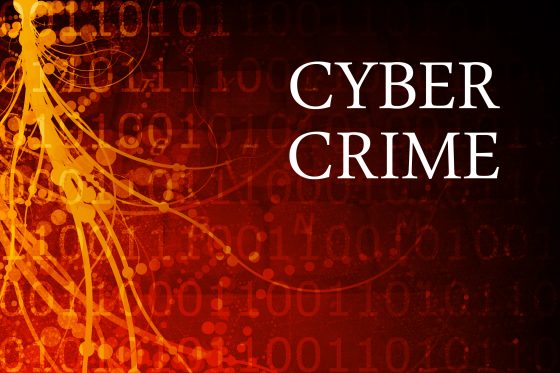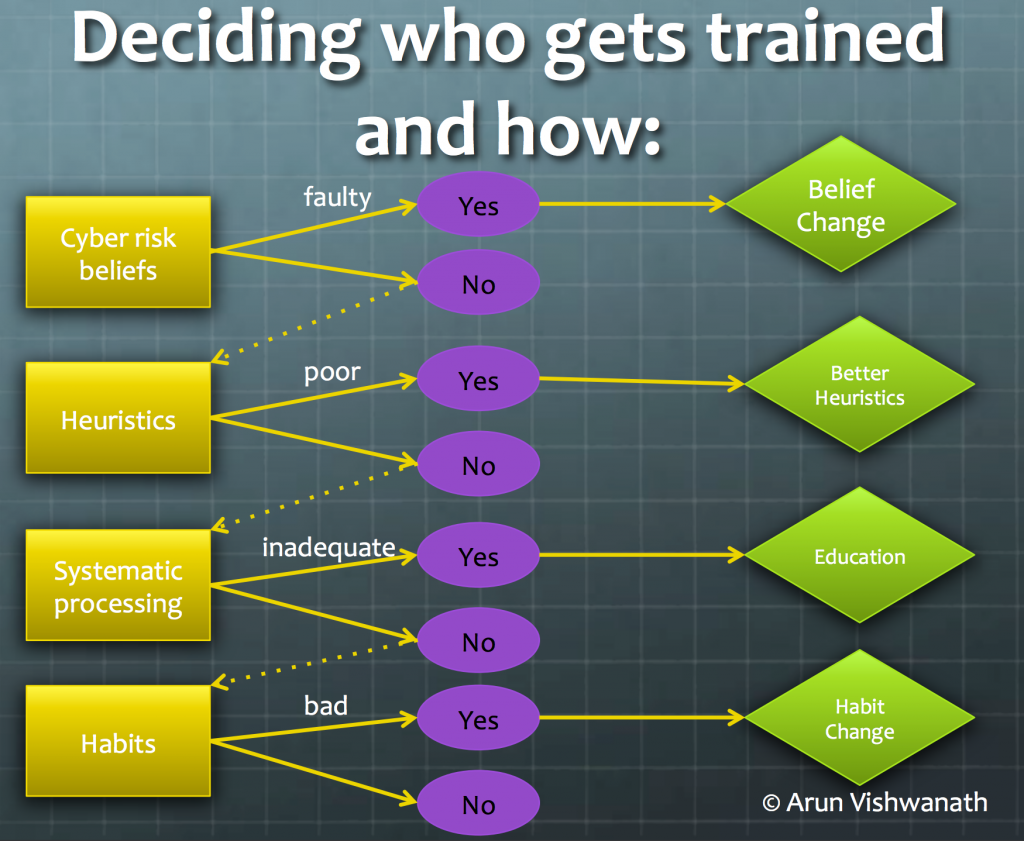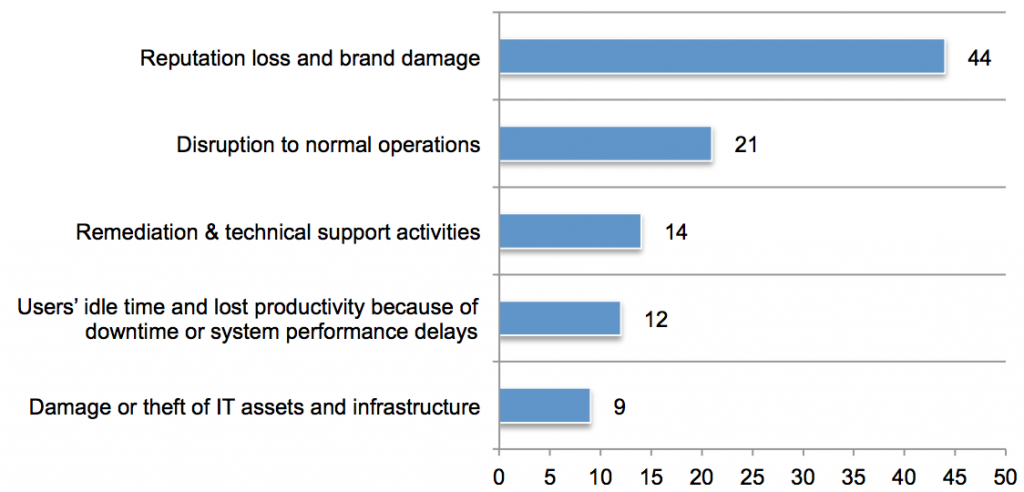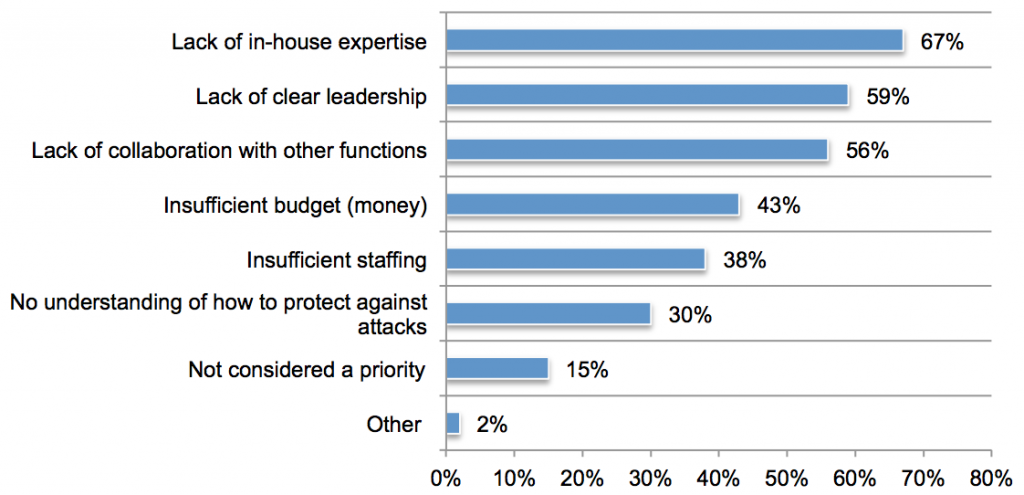
With hurricane season in full swing, supermarkets and electronic stores aren’t the only businesses in danger of looting. When defenses are down and attention is elsewhere during a natural disaster, critical data and intellectual property is just as vulnerable to looting as the shopping center down the street.
Each year, the amount of personal information targeted from data breaches only continues to grow. There was a new record set near the end 2015 when 191 million U.S. voters’ identities were exposed, surpassing the previous record for the largest single data beach. Personally identifiable information, including voters name, date of birth, gender, and addresses were exposed for more than a week before the database was officially shut down. Just imagine the opportunity for hackers during natural disasters when systems are down for a similar time frame.
Take “Superstorm Sandy,” back in 2012. Cyber criminals used confusion in the aftermath of the hurricane as part of a social engineering scheme to steal information. One organization received a call requesting an emergency download of sensitive personnel information needed to assist staff that had been affected by flooding. Lost internet connectivity as a result of the storm meant the help desk could not make a reasonable verification of who was making the request and sent the highly sensitive information to the bogus caller’s “backup site,” which was, as it eventually transpired, a system controlled by hackers. During times of crisis we are more susceptible to cyber criminals willing to prey on our good nature and eagerness to help.
The semi-controlled chaos of an emergency response is rife with opportunities for exposure of sensitive data. Here are five steps enterprises can take to minimize cyber exposure before, during and after a natural disaster.
- Security Analytics: According to the 2016 Internet Security Threat Report, the overall total number of identities exposed has jumped 23%, to 429 million. Security analytics tools allow IT managers to have full visibility into all network traffic, they can also help enterprises determine if and when anything happened, what systems and data were affected and if the attack has been contained. Monitoring these tools can also be outsourced to security service providers.
- Be Secure in the Cloud: During a natural disaster, buildings may be flooded or damaged and roads may be closed, ‘dedicated’ servers can lack the flexibility and access provided in a cloud environment. Access for continuing operations and first-responders operating from mobile devices can be critical in a disaster. But, it is important that your cloud is protected and monitored; access management is top priority. IT managers can use cloud access security brokerage technologies to restrict workers from creating accounts on services such as Box or DropBox and transferring restricted data. More importantly, the information residing in cloud applications can be encrypted and tokenized.
- Plan for Emergency Web Access & Bandwidth Management: Prioritizing access to the network becomes critical during natural disasters. With bandwidth tight, restrict and prioritize web access to only the most critical sites and resources. Set up a more restrictive web access policy prior to an emergency and be ready to deploy it when needed. Do the same for bandwidth management. Be ready to prioritize applications such as VoIP and cache critical information like official communications for viewing from a local cache.
- Protect social media and public websites: Customers will be looking for updates via social media and websites during and after emergencies. During these times, it is critical to protect public information resources. Web application firewalls can protect the website from common attacks, control input/output and access as well as detect unfamiliar traffic patterns. Twitter is a critical communication resource, but this can also be used to promote malicious information. Deploy security features such as two-factor authentication and verification codes for social media accounts.
- Practice, Practice, Practice. Table top exercises, readiness assessments and “live fire” exercises are essential to good preparation. I’m fond of the quote, usually attributed to the boxer, Mike Tyson: “Everyone has a plan until they get punched in the mouth.” Having led a significant number of crisis teams, every disaster presents unique challenges but successfully surviving a determined cyber criminal’s attempts demands on both preparation and practice.
While we can’t always predict the weather, with the right protocols for security in place, enterprises can ensure that their IT infrastructure is protected 24/7.



